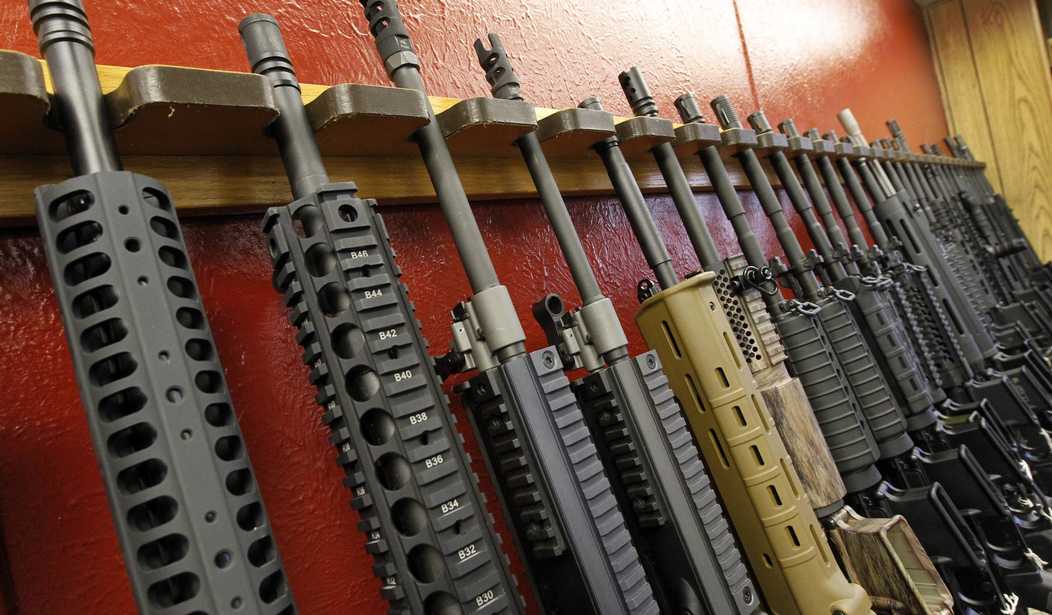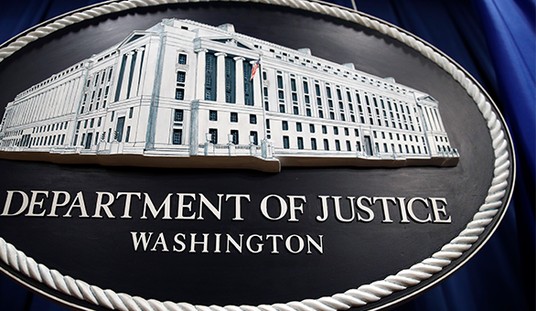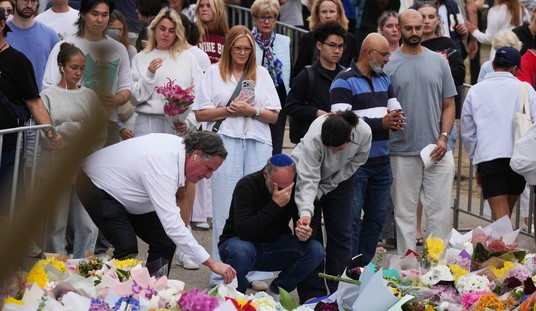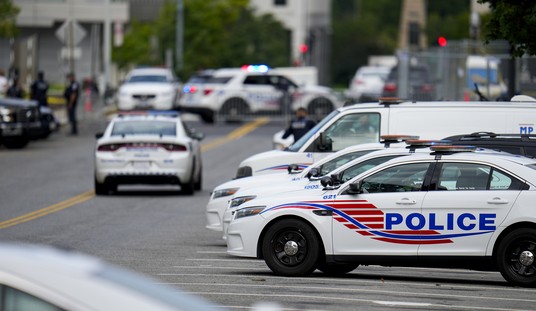The Hill is going to cover politics. It’s what they exist for. Even their name–a reference to Capitol Hill–makes it clear where their focus is going to be.
Which is fine. We talk about politics too, after all.
What’s not fine is when they try to pull a fast one on their readers, which is what they did in a recent story about how other countries have passed gun control laws following mass shootings.
In response, the Australian Parliament passed the National Firearms Agreement, which banned some semi-automatic, self-loading rifles and pump action shotguns and created stricter licensing requirements, including a mandatory training program for a new licensee.
The country also implemented a buyback program for the guns that were banned, purchasing more than 700,000 firearms from citizens.
Following the 1996 law, Australia has not had any mass shootings under the definition of five or more deaths in a single shooting.
Now, take a look at that definition.
What The Hill fails to note is that this isn’t a definition used by literally anyone else. In fact, if we used this definition to describe American mass shootings, the Gun Violence Archive’s 254 “mass shootings” as of this writing shrinks to just 9, including an incident in Minnesota that was a family murder-suicide and not what we usually think of as a mass shooting.
That number also includes Sacramento, which was really more like a gang shootout and not what most think of as a mass shooting.
So why would the definition matter that much? Well, it just seems kind of interesting that they set the limit at five people killed, because the spree shooting in Darwin, Australia claimed four lives in 2019. It also excludes the 2014 Weddenburn shooting that left three people dead–though one was stabbed to death, so I can let that one slide a bit.
Also in 2014, there was the Hunt family murders that left five people dead, all shot to death.
Then there was the 2011 Hectorville Siege where three people were shot and killed.
In fact, it seems like there were a lot of incidents that could be defined as mass shootings as we generally define them, meaning three or more people killed, but are excluded by that particular definition–again, a definition that no one else seems to use.
And that doesn’t even start to touch on how many shootings would meet the Gun Violence Archive’s definition, a definition the media seems to love.
Then, when the writer gets to talking about England, they fail to note a number of mass shootings that have taken place since they passed their strict gun control policies such as the 2010 Cumbria shootings when a gunman murdered 12 people, nor did they mention the mass shooting that took place in Great Britain just last year.
In fact, England has had as many mass shootings since they enacted their gun control laws as they had prior.
Not an impressive track record, if you ask me.
Honestly, this is the epitome of journalist cherry-picking. They present incomplete data in hopes that no one will look any deeper into what they’ve said.
The problem is, I did. I recognized their bogus definition for what it was.
Yet a lot of people wouldn’t. Either it wouldn’t register that the definition is different than what any other story seems to use or they’d simply assume that’s the standard definition. After all, why concoct a new definition out of the blue like that?
But I read a lot of stories about mass shootings. I know the definitions they use and I wrote about the shooting in Darwin. I knew for a fact there had been mass shootings.
Frankly, I think this is absolutely disgusting and The Hill really needs to get called out for this.








Join the conversation as a VIP Member